Roma (2018) by Alfonso Cuarón
A stunning, intimate portrait of life in 1970s Mexico City, capturing personal and social upheavals with visual mastery.
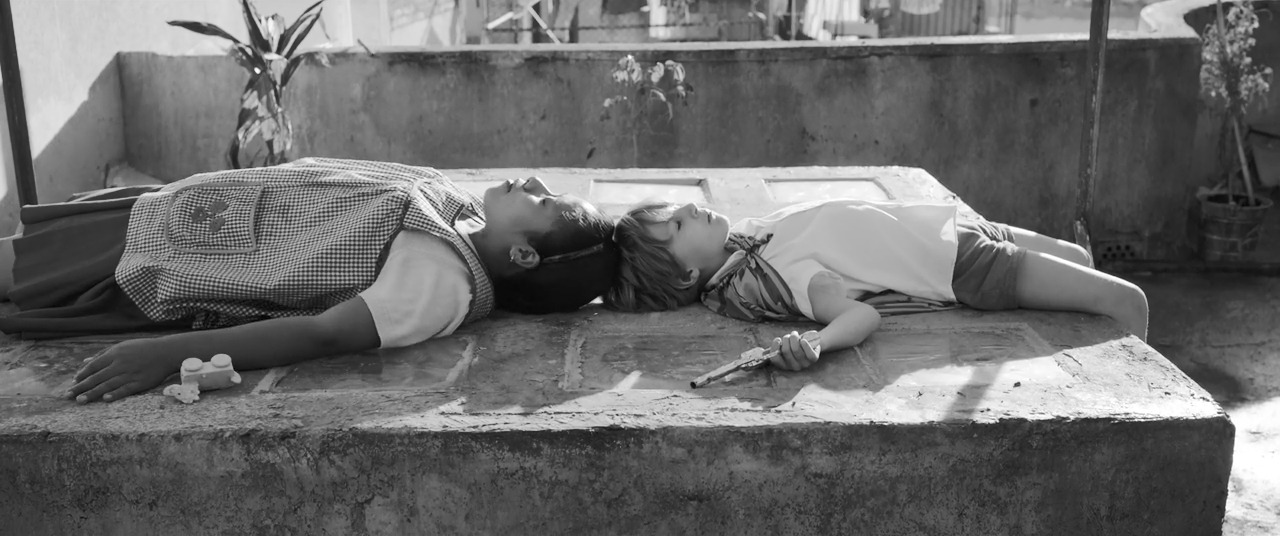
Released in 2018, Roma by Alfonso Cuarón stands as a cinematic masterpiece, capturing the heart and history of Mexico City during the 1970s. The film, shot entirely in black and white, transports audiences into the life of Cleo, a housekeeper working for an upper-middle-class family, and examines the personal and social challenges that define her world. At its core, Roma (2018) by Alfonso Cuarón is a poetic yet unflinching exploration of memory, class, and resilience. Through intricate storytelling and meticulous cinematography, Cuarón presents a deeply personal narrative that resonates universally, blending the tenderness of familial bonds with the harsh realities of social inequality.
The Historical and Cultural Context of Roma
To understand the depth of Roma, one must delve into the socio-political landscape of Mexico in the early 1970s. The nation was undergoing significant changes, grappling with political unrest, economic challenges, and shifting social dynamics. This backdrop is essential to the film’s narrative, as Cuarón uses real historical events, such as the Corpus Christi massacre, to ground Cleo’s story in a specific, turbulent time. Roma doesn’t only portray a story of one woman’s struggle but mirrors the broader class disparities and tensions within Mexican society, highlighting a period of hardship and resilience for both the country and its people.
Plot Summary and Main Characters
The story of Roma revolves around Cleo, a young indigenous woman who works as a domestic helper for a family in Mexico City. Cleo’s life, filled with duties and responsibilities, reflects the struggles of women who often go unnoticed yet form the backbone of family dynamics. As personal crises arise for Cleo, her experiences intertwine with those of the family she serves, revealing a tapestry of love, loss, and resilience that transcends class barriers. Through Cleo and the family, Cuarón explores the intersections of race, class, and personal identity, grounding Roma in the human experiences that resonate universally.
Visual Storytelling and Cinematography
One of Roma’s most striking features is its visual style. Shot in black and white, the film creates a nostalgic, almost timeless feel that invites viewers into its world as if flipping through an old family photo album. The cinematography enhances the story’s emotional depth, using long, fluid takes that allow scenes to unfold organically, giving viewers time to absorb each detail. Roma (2018) by Alfonso Cuarón is a poetic yet unflinching exploration of memory, class, and resilience, and the cinematography profoundly enhances this exploration. Each frame is meticulously composed, with the camera often lingering on Cleo as she moves through her world, highlighting both her connection to and her isolation within the family she serves.
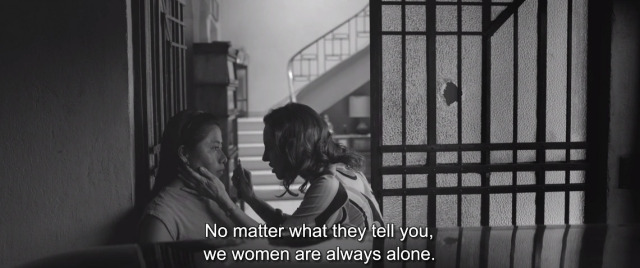
Themes of Memory and Social Class
Memory plays a central role in Roma, as the film is semi-autobiographical, based on Cuarón’s own childhood experiences. Through Cleo’s eyes, Cuarón revisits moments of personal and historical significance, presenting a narrative shaped by the recollections of those who lived in the margins. Additionally, social class is a dominant theme, as Cleo’s position as a housekeeper places her in a liminal space within the family, loved yet separated by societal norms and expectations. This portrayal of class disparity is both specific to Mexican society and universally recognizable, revealing how class shapes relationships and perceptions.
The Role of Women and Motherhood
Women and motherhood are central to the narrative of Roma, portrayed with depth and nuance. Cleo, as the surrogate mother figure, represents the women who serve as silent yet powerful forces within families. Her relationship with the family’s children is one of love and responsibility, as she provides emotional support during the parents’ separation. Cuarón’s portrayal of Cleo speaks to the often invisible labor of women, especially those from marginalized backgrounds, whose contributions to family and society are invaluable. This theme adds layers to the film’s exploration of gender and class, showcasing the strength of women amidst systemic challenges.
Sound Design and Silence
In Roma, sound design plays an essential role in conveying the atmosphere and emotions of the story. Cuarón uses sound not just as a backdrop but as a tool to immerse viewers fully into Cleo’s world. The ambient noises of Mexico City—street vendors, dogs barking, distant music—are woven seamlessly into scenes, creating a rich sensory experience. Silence is equally impactful, as moments of quiet accentuate Cleo’s inner world, her isolation, and her resilience. This careful balance of sound and silence highlights the simplicity and profundity of her experiences, drawing audiences closer to the reality of her everyday life.
Critical Reception and Awards
Roma achieved critical acclaim upon its release, hailed as a masterpiece of modern cinema and recognized for its artistry and emotional depth. The film won numerous awards, including three Academy Awards for Best Director, Best Cinematography, and Best Foreign Language Film. The accolades underscored the industry’s growing appreciation for international stories and foreign-language films, with Roma’s success setting a precedent for future works. At the Oscars and beyond, Roma (2018) by Alfonso Cuarón was celebrated as a poetic yet unflinching exploration of memory, class, and resilience, earning a place in cinema history as both a groundbreaking piece and a deeply personal narrative.


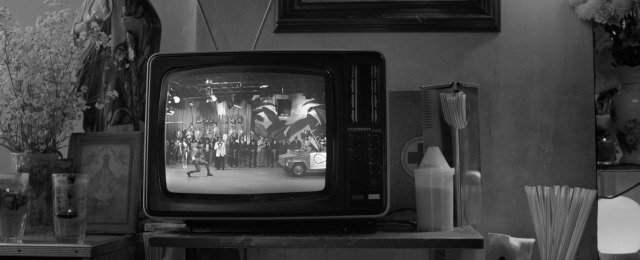
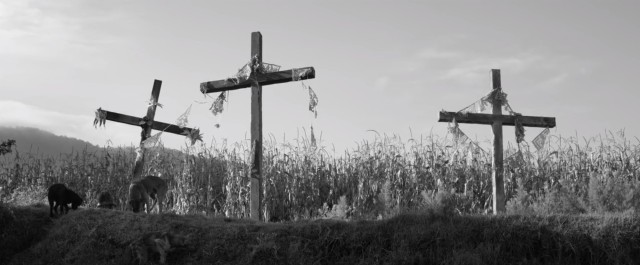
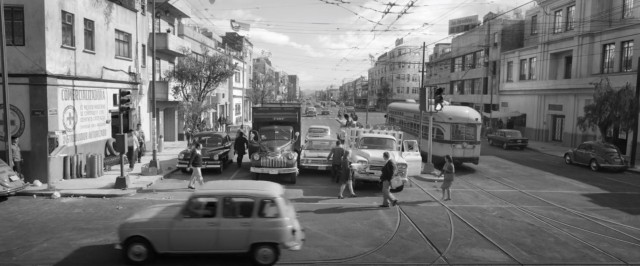
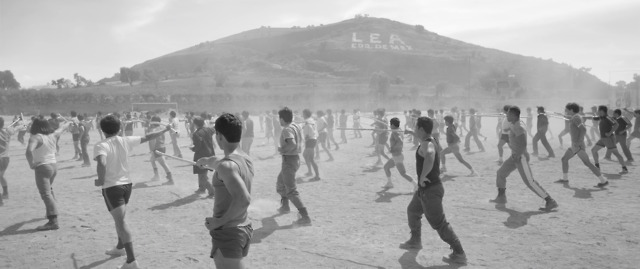
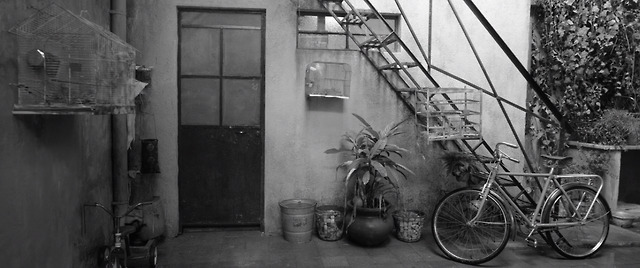
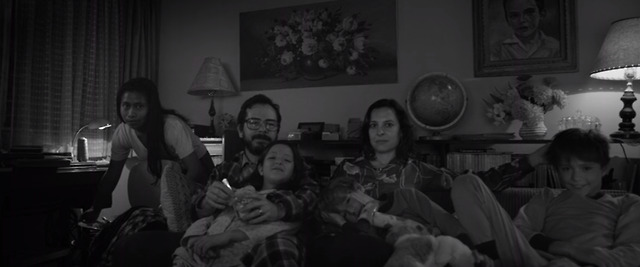

Personal Reflections from Cuarón
Cuarón’s connection to Roma runs deep, as the film is largely inspired by his own childhood experiences. In interviews, he’s shared that Cleo is based on a real-life domestic worker who played a significant role in his upbringing. This personal connection brings an authenticity to the film, as Cuarón’s own memories and emotions are interwoven into the narrative. This choice to draw from real life gives *Roma* a raw, honest quality, making it not only a tribute to the women who raised him but also a broader commentary on family, memory, and identity.
The Impact of Roma on Modern Cinema
Roma has left an indelible mark on modern cinema, influencing how stories of personal and cultural identity are portrayed on screen. Its success has encouraged filmmakers to embrace stories rooted in specific cultural contexts, showing that intimate narratives can resonate globally. Additionally, the film’s distribution through Netflix marked a significant moment for streaming platforms, challenging traditional release models and opening doors for foreign-language films to reach international audiences. *Roma*’s impact underscores the value of diversity in storytelling and the universal appeal of authentic, deeply personal narratives.
Roma and the Future of Foreign Films in Hollywood
The success of Roma has paved the way for foreign-language films to gain greater recognition and prominence in Hollywood. By winning multiple Academy Awards, Roma demonstrated that a non-English film could achieve widespread acclaim, shifting industry perspectives on foreign-language cinema. This breakthrough has inspired other films from diverse cultural backgrounds to find audiences and receive accolades on the global stage, ultimately broadening the range of stories accessible to mainstream viewers. *Roma* stands as a symbol of progress, highlighting the value of inclusivity in the film industry.
Conclusion
In conclusion, Roma (2018) by Alfonso Cuarón is more than just a film; it is a cultural and cinematic milestone that captures the resilience and beauty of everyday life through the eyes of an extraordinary character. With its meticulous craftsmanship, emotional depth, and groundbreaking achievements, Roma has redefined how personal narratives can resonate on a global scale. Roma (2018) by Alfonso Cuarón is a poetic yet unflinching exploration of memory, class, and resilience, embodying themes that transcend cultural boundaries. It remains an inspiring testament to the power of storytelling and the universal appeal of human connection.
